Brave New Material World: Silk Yarns
I once attempted to set up my own little silk worm farm. I was hoping to grow my own silk as part of my research for a book I wrote, Green is the New Black: How to change the world in style. In theory, it was all very simple. I ordered some silk worm eggs online, and they arrived in a plastic container inside a padded envelope. The idea was that the eggs would hatch into larvae – it’s supposed to take six weeks until they become cocoons. But it soon became clear that rearing your own silk worms is quite a responsibility and takes a lot of time, temperature control, and a healthy local supply of mulberry leaves (silk larvae are voracious eaters and need to be fed a constant diet of tender leaves).
Part of the reason I wanted to experiment with my own silk worms was because the area of east London I lived in was once home to many mulberry trees, (including a historic 400 year old Mulberry tree in Bethnal Green currently under threat from developers who want to build an apartment block on top if it) and a thriving silk industry. The 17th century Huguenots of Spitalfields, who came to England from France, were expert silk weavers. It was a romantic idea, but I quickly discovered that silk worm husbandry was not my forte and while a small number of the eggs hatched, I was unable to nurture them beyond larvae stage.
This experiment taught me two things. One, that silk is a magical material and a miracle of nature, not unlike spiders’ webs. And two, that silk does not grow on trees, but is the product of a living creature.
So, I understand why for many people, silk is an issue.
Silk is said to have been discovered in China around 2,600 BC by the Empress Lei-Tsu who was sitting under a mulberry tree, minding her own business, when a silk cocoon fell into her cup of fine Chinese tea. She watched, enchanted as the shiny silk yarn unravelled from the perfectly formed egg-shaped cocoon. Lei-Tsu noticed that there was a silk worm inside the cocoon and that it was feeding off the mulberry tree; she was so fascinated, she started to cultivate the worms and spin and weave the silk.
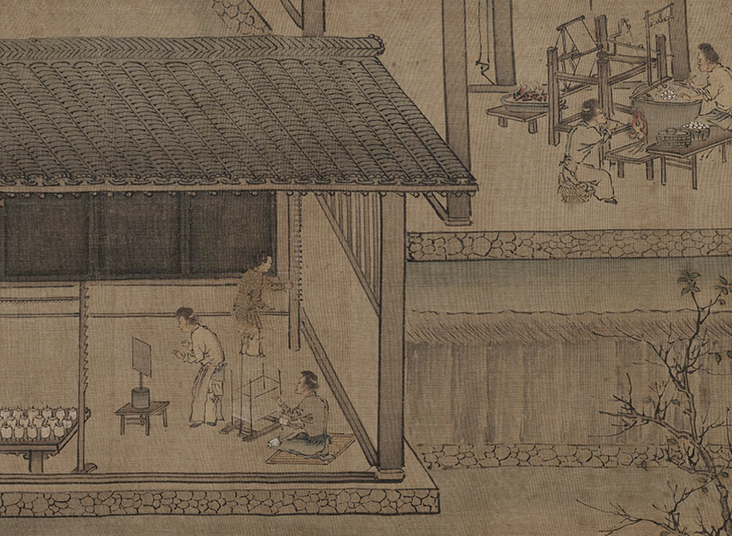
Sericulture (The Process of Making Silk) / Liang Kai / China, Southern Song dynasty (1127-1279) /
Handscroll / Ink and color on silk
These days, silk is multi-billion dollar industry – set to be worth $16.94 Billion by 2021.
The industrial production of silk involves massive quantities of silk worms and – once they have developed into pupae – their cocoons. A silk caterpillar will take 48-hours to spin its cocoon with an extraordinary single thread of lustrous silk up to 1 km in length. After 10-14 days, the silk moth will emerge from the cocoon. Did you know that silk moths can’t actually fly? They have been so domesticated over thousands of years of silk production that they are not really fit for purpose and they live only 5-10 days, enough time to find a mate and make more eggs – up to 500 of them! Most silk is made by boiling or steaming the cocoon which kills the pupa inside it to stop it from piercing the cocoon and reducing its value as it flies out and to make the silk easier to be unwrapped. For some, this is an inhumane practice, particularly as it is possible to make silk without boiling the pupae alive.
Peace silk, sometimes called Ahimsa silk, is made by allowing the pupa extra time in the cocoon and to emerge naturally. While there is little certification or verification available to guarantee the treatment of the moths involved, Peace silk is increasingly in demand. Fabrics like georgette, crepe de chine, and tulle cannot be made with peace silk (so beware anyone saying otherwise).
For the vegetarian designer Stella McCartney, animal welfare is key. She used peace silk for a special dress she created for a project for the Commonwealth Fashion Exchange in February 2018, highlighting the process of harvesting the cocoons, the natural dyes used to colour the silk as well as the hand-spinning and weaving of the cloth. It was displayed at Buckingham Palace in London, the fine fabric sourced from the sustainable, hand-loom experts Oshadi, which is based in Erode in south India.
Peace silk is also being used by brands including Ninety Per Cent (well worth checking out, they give 90 per cent of their distributable profits to good causes) for a collection of luxury sportswear available from their website and also from Net-a-Porter. The luxury lifestyle brand Bite Studios also only uses peace silk sourced in the UK from Soil Association certified organic Mulberry trees, for its investment buy silk shirts. Organic silk does not necessarily mean that the moth was unharmed, but that the mulberry trees were not treated with pesticides (which most of them aren’t anyway as it would harm the silk worms).

Ninety Per Cent / Peace Silk Panel Bomber / This zip-through style is made from 100% Organic Cotton with 100% Organic Peace Silk trims, made ethically without killing the silk worms. (via ninetypercent.com)
If you’d rather be completely cruelty free in your material choices, you might want to investigate other silk materials that are completely plant based. Fabrics like Tencel can have silky qualities. But you might also be interested in rose petal silk. This was a new one to me too, when I discovered it recently after a conversation with the New Zealand-based designer Maggie Marilyn. She has made beautiful, feminine blouses and dresses using a silky material made from rose petals. Another plant-based material that has a silky drape is bamboo. For a while, bamboo was heralded as the solution to all our material problems as it’s a sustainable crop that grows like a weed without need for fertilisers or irrigation. However, the chemicals used to produce bamboo textile are far from clean; the cellulose bamboo pulp has to be processed using sodium hydroxide, commonly known as caustic soda and carbon disulphide which are harmful to human health as well as to anything that happens to be swimming when it is released into the water supply.
So as always, silk is a complex issue and how you choose it depends on your own values. One thing is for sure, it will continue to be treated as a precious material for as long as there are mulberry trees to feed the silk worms, and spinners to spin this most ancient of yarns.
Feature Image: Stella McCartney / Madalyn Top / Composition: 100% silk






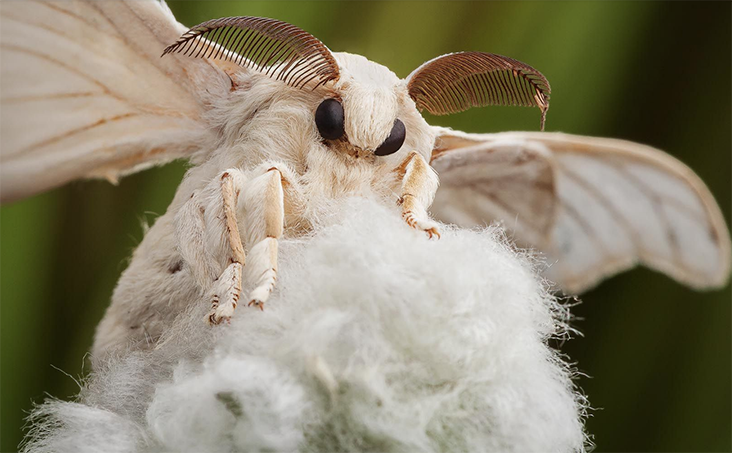
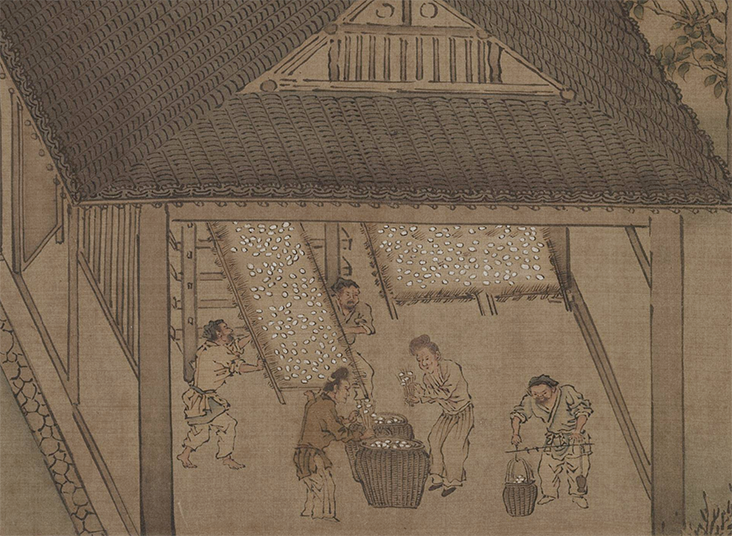
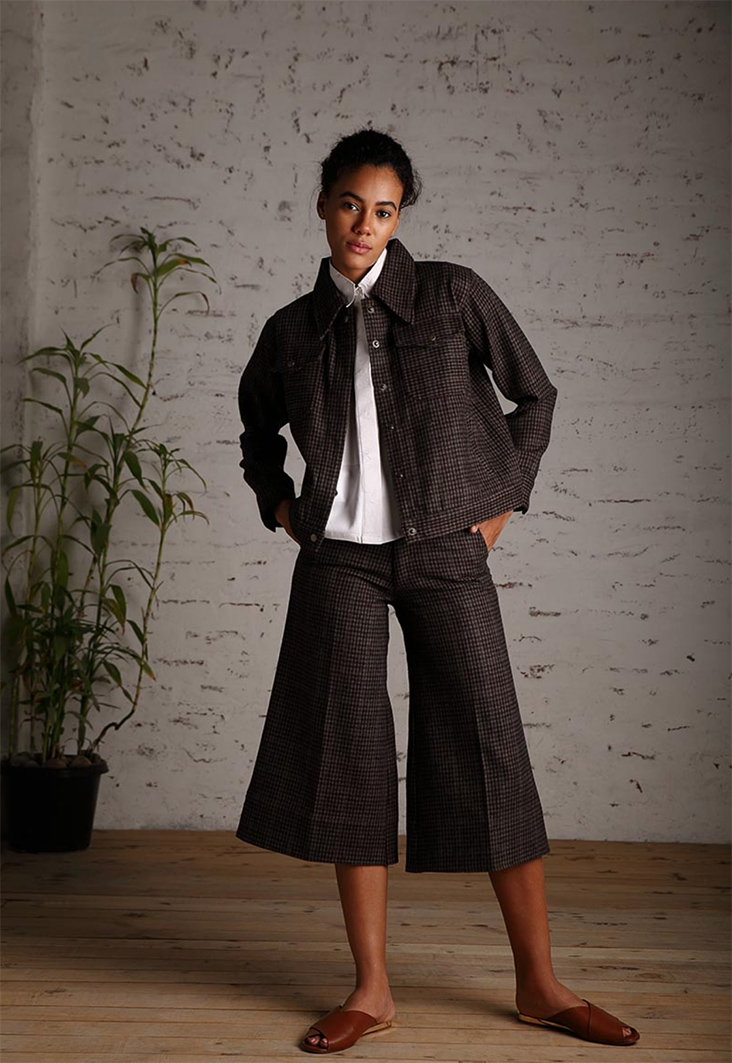
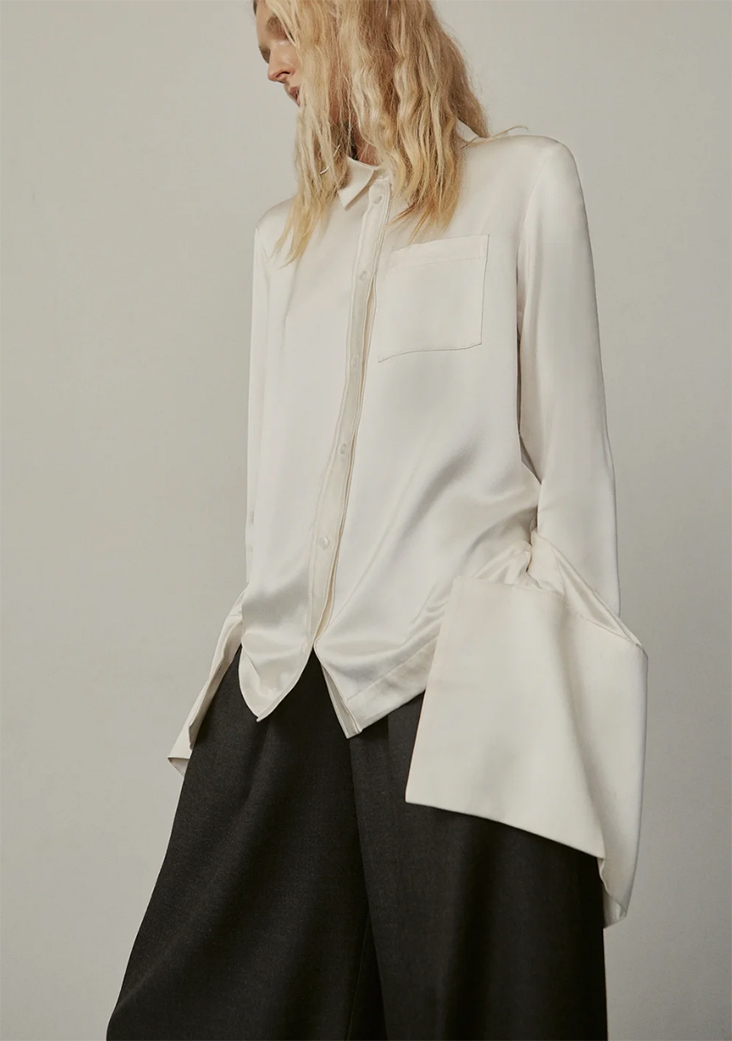



















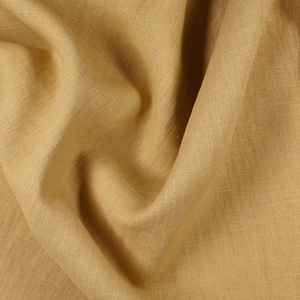

















2 Comments
Pingback:
Are Silkworms Killed to Make Silk Fabric? Ethical ConsiderationsTrish Moon
I missed leaving a comment on the Annie article…but will try to find it soon. I did not want to miss an opportunity to comment here. Just wanted to say “thank you” for the outstanding articles you have been posting. Tasmin is awesome! She is talking about things I tried to bring up amongst fibre enthusiasts but they wouldn’t listen. (I am a simple weaver not a journalist.) I am sooo glad she is spreading the news re truly sustainable and ethical fibres….and pulling the veil off the misinformation on fibres like bamboo….it was all the rage and no one wanted to listen. And kudos to Stella who keeps bringing ethics to the forefront of her line. I look forward to reading (and sharing) more of these wonderful articles!